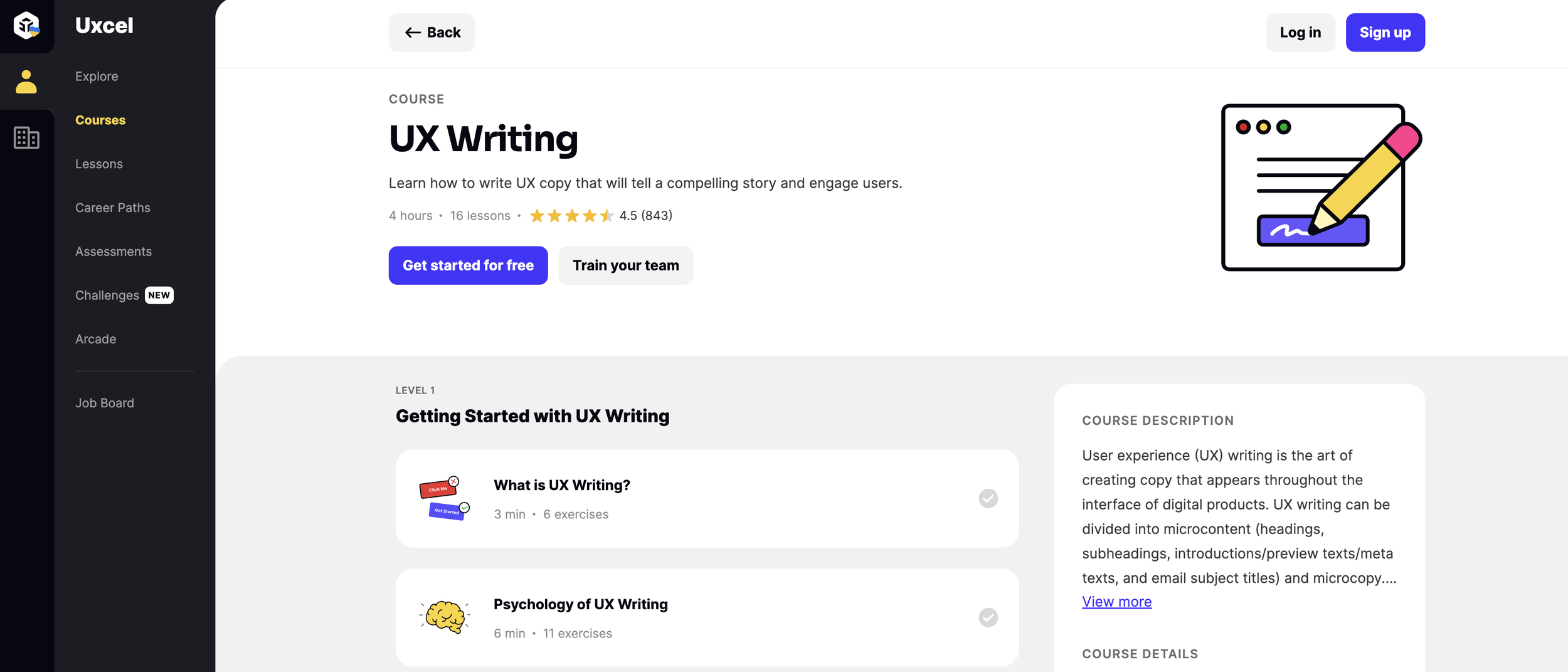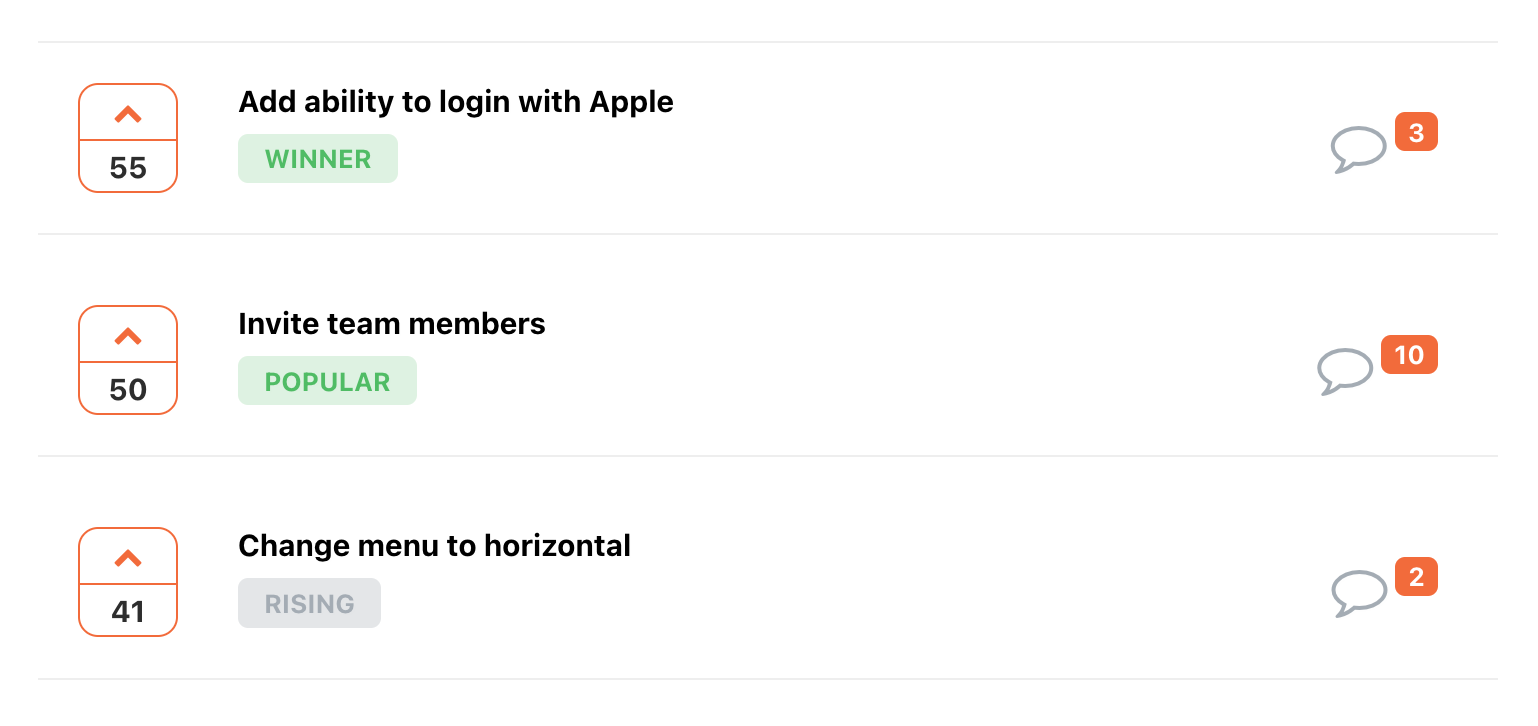Improve your Design by listening to your users
If you want to be a good designer, you can't just rely on your creative vision. You also need to have a strong understanding of people and psychology. After all, design isn't just about making things look pretty—it's about creating an experience that meets and exceeds users' needs.And the only way to truly understand what users need is to listen to them. That's where UX research methods come in.You need to understand how humans think, act and react. That doesn’t come from books alone because times are a-changing, and people see a lot more content than ever, which also changes how they interact with it.To keep up with all this, you need to dive right into your audience – and that’s what we’ll be talking about today. We’ll help you become a better listener, and therefore a better UX designer.We’ll dive into some of the ways you can conduct UX research. Not just the surveys and interviews you might already know, but also techniques like card sorting. We'll explain how this can drastically improve user engagement and give you some pointers to keep in mind.If you want to be able to create designs that are not only aesthetically pleasing but also user-friendly and engaging, keep on reading.
Increasing user engagement: get people to love using your designs
The reason we talk about UX research so fondly, is because it's great for user engagement—and that is great for business. User engagement is important because it directly impacts your company's bottom line. Let's put it this way: the ROI on investing in UX is 9,900%. If that number doesn't show you how essential UX research is, we don't know what will.It's simple to explain: if users are struggling to use your design, they're not going to stick around for long—and that means they're not going to convert into customers. On the other hand, if users find your design helpful and easy to use, they're much more likely to stick around and become paying customers. In other words, user engagement is essential for driving conversions and revenue.A good design works the way it should. A great design makes the lives' of its users better, more fun, easier. It doesn't just allow people to do what they need to with a product, but it helps them, or gives them a fun experience along the way.Think about it this way: if you were given two products that were identical in every way except for their design, which one would you be more likely to use? The answer is probably the one that was better designed—the one that was easier on the eyes and easier to navigate. In other words, the one with better UX.That's what sets good and great user design apart. The key again is knowing what your users are thinking and what they need. This will help you predict how they use a product, and ultimately enables you to increase user engagement. Here's how to do that.And all examples of great user engagement strategy start with thorough research, because you can't improve what you don't measure. That's why it's so important to continually collect data on your users and their interactions with your site or app. If you don't have any data yet, start collecting it now. Supplementing this data with the information you gather from listening to users is your golden ticket to increased usability, and thus increased user engagement.So, that brings us to the talking-to-your-users part. There are several ways you can pick their brains, and we're highlighting the most popular ones, and when to choose which.
User engagement is important because it directly impacts your company's bottom line. Let's put it this way: the ROI on investing in UX is 9,900%. If that number doesn't show you how essential UX research is, we don't know what will.It's simple to explain: if users are struggling to use your design, they're not going to stick around for long—and that means they're not going to convert into customers. On the other hand, if users find your design helpful and easy to use, they're much more likely to stick around and become paying customers. In other words, user engagement is essential for driving conversions and revenue.A good design works the way it should. A great design makes the lives' of its users better, more fun, easier. It doesn't just allow people to do what they need to with a product, but it helps them, or gives them a fun experience along the way.Think about it this way: if you were given two products that were identical in every way except for their design, which one would you be more likely to use? The answer is probably the one that was better designed—the one that was easier on the eyes and easier to navigate. In other words, the one with better UX.That's what sets good and great user design apart. The key again is knowing what your users are thinking and what they need. This will help you predict how they use a product, and ultimately enables you to increase user engagement. Here's how to do that.And all examples of great user engagement strategy start with thorough research, because you can't improve what you don't measure. That's why it's so important to continually collect data on your users and their interactions with your site or app. If you don't have any data yet, start collecting it now. Supplementing this data with the information you gather from listening to users is your golden ticket to increased usability, and thus increased user engagement.So, that brings us to the talking-to-your-users part. There are several ways you can pick their brains, and we're highlighting the most popular ones, and when to choose which.
The best time to conduct UX research
When is it not? But really: there’s never a bad time for conducting UX research if you're designing something new. You can use it to brainstorm ideas, to test designs, to get inspiration or guidance when you're stuck in a design or when you’re experimenting.To understand when to start talking to users, and what to ask them, we can divide UX research up into two categories: generative research, and evaluative research.
Generative research: the perfect prep before designing
Generative research refers to the discovery phase of the user research process and usually happens before design or product development begins. Conducting generative research early on will help you better understand people's motivations, needs, and pain points. It prevents you from going down a wrong design-path from the get-go and avoid adding features that nobody will use.
Evaluative research: learning as you go
UX researchers start evaluation research during the early design stages to test solutions that either already exist or are completely new. They continue to use this research method in an iterative way until the product is complete.Then there's also the research that you do based on old designs, or designs made by others. What can you learn from past mistakes and successes? How are people reacting differently now to seemingly similar design choices? If you can start spotting trends in this, you get incredibly valuable data to continuously create great user experiences.
How to listen to your users: popular UX research techniques
The only way to create a great user experience is to actually talk to your users and understand their needs. You can learn all about UX writing, design and trends, but you also have to learn about your audience. But how do you do that? There are dozens of different UX research methods, but some of the most popular are surveys, interviews, focus groups, and card sorting. Let's take a quick look at each one.
But how do you do that? There are dozens of different UX research methods, but some of the most popular are surveys, interviews, focus groups, and card sorting. Let's take a quick look at each one.
Card sorting
Card sorting is a type of UX research in which participants group ideas or information written on cards into different categories in a way that makes sense to them. Research with UX card sorting can be done with physical cards, pieces of paper, or even online tools like Google Docs or Trello boards. This method is often used early in the design process to help create a structure for a product or website.
Tree testing
Tree testing is often used in conjunction with card sorting to cross-check the identified categories. Tree testing tries to answer that billion-dollar question: Can users do or find what they are looking for in a design? To find out, participants get shown a text-only version of a website's hierarchy. On this bland screen, they have to complete several tasks. This is a great way to test if you're putting usability first in a design.
Surveys
Surveys are a great way to collect data from a large number of people in a short amount of time. They can be used to gather general information about users or specific feedback about a product or design. Just be sure to keep your surveys short and sweet—no one wants to spend hours filling out a form!
Interviews
Interviews are ideal for getting in-depth feedback from individual users. They're also good for building relationships with your users and getting them more invested in your product or service. However, interviews can be time-consuming, so they're best used for targeted research objectives.
Focus groups
Focus groups are similar to interviews in that they allow you to get feedback from multiple users at once. But unlike interviews, focus groups are less focused on individual experiences and more on group dynamics. This makes them ideal for exploring complex topics or testing new ideas with multiple stakeholders involved.
Diary research
Another in-depth way to conduct UX research is through diary research—and that's exactly what it sounds like. In a diary study, participants keep a diary about a product. They record what they're thinking, feeling and doing in relation to that product. This data is extremely useful for UX designers, who get an overview of how people react to their designs not just at first sight, but over time.
User testing
User testing is a straight-forward method for UX designers to get user feedback from people about their designs. People test the designs and give feedback about what they like, what they don't like, and what could be changed. You can guide this process by asking specific questions but also by just letting people give feedback freely on anything that pops into their mind by using Upvoty, for example.
You can guide this process by asking specific questions but also by just letting people give feedback freely on anything that pops into their mind by using Upvoty, for example.
Plan your next UX research session now
If you don't have any UX research scheduled but are working on loads of designs, stop what you're doing! It's time to dive into your audience and get the latest on what they need from your designs. Pick the design you're struggling most with or are not looking forward to creating, and add some UX research to it. We're sure it'll become much more enjoyable to do, and your users will thank you too!

